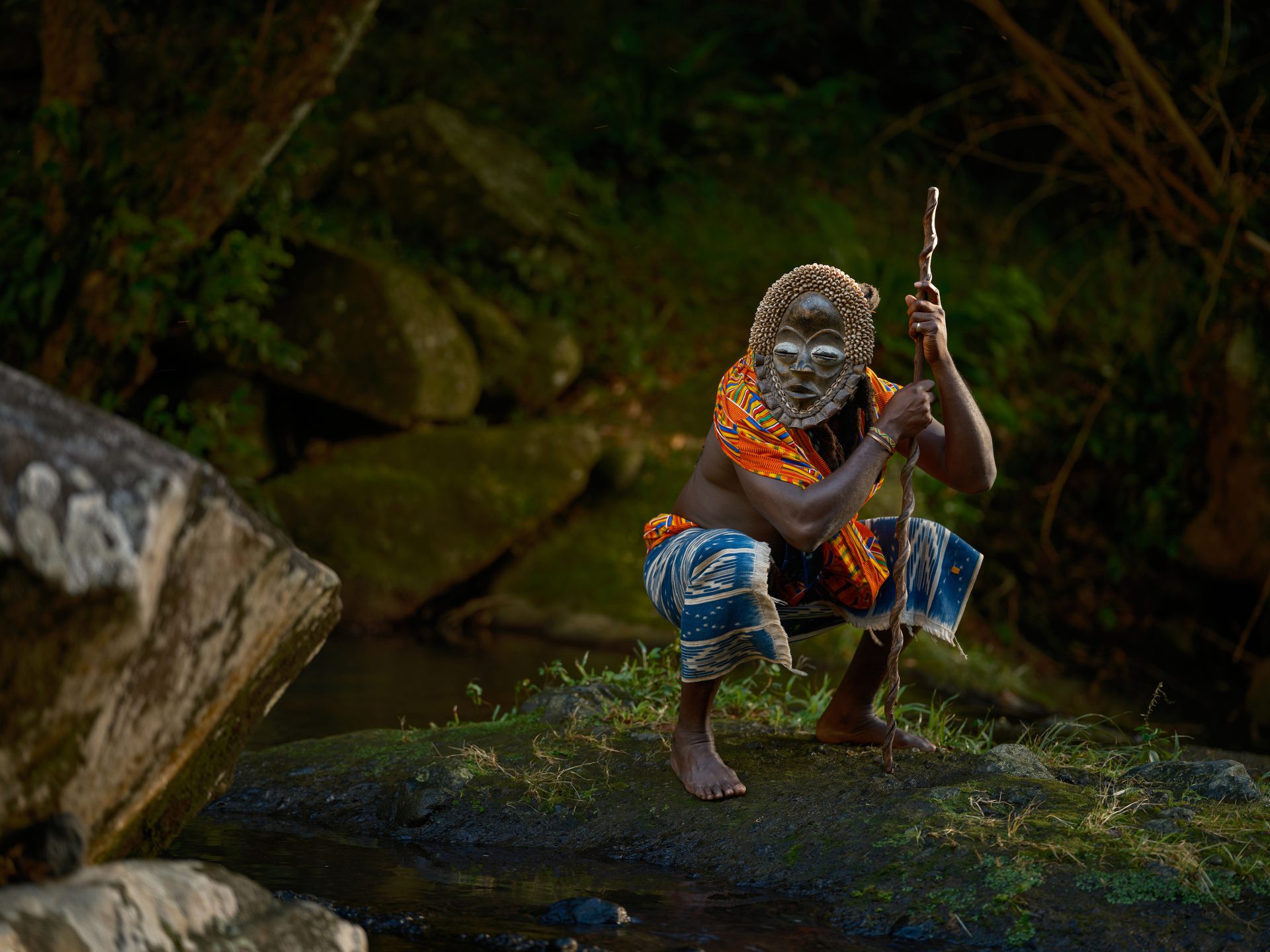Art & Exhibitions
Patrick Home of Billie, who built Paxton House, was a great connoisseur of art. Today we keep his legacy alive by showing part of his collection alongside masterpieces on loan from National Galleries Scotland. Special exhibitions for all the family run in the summer and a series of permanent exhibitions highlight parts of the collection. You'll find that there is always something new to see at Paxton House.
Caribbean Connections Event programme 2025
Events linked to our fantastic exhibition, Palimpsest by Billy Gérard Frank
Caribbean Connections tour of Paxton House & Billy Gérard Frank exhibition
Various dates throughout the season.
Join us for these special guided tours of Paxton House highlighting our Caribbean connections, this tour includes a visit to Billy Gérard Frank’s Palimpsest exhibition only available until the end of October 2025.
Online talk: Enslaved People at Waltham Estate
29th October, 1pm
Join Dr Paula Saunders for an online talk on the lives, resistance, and resilience of enslaved Africans at Waltham estate.
Billy Gérard Frank: In conversation with artists and historians
30th October
Hear first-hand from the artists interpreting Scotland’s past through film, multimedia, poetry, paint, music, spoken and written word.




